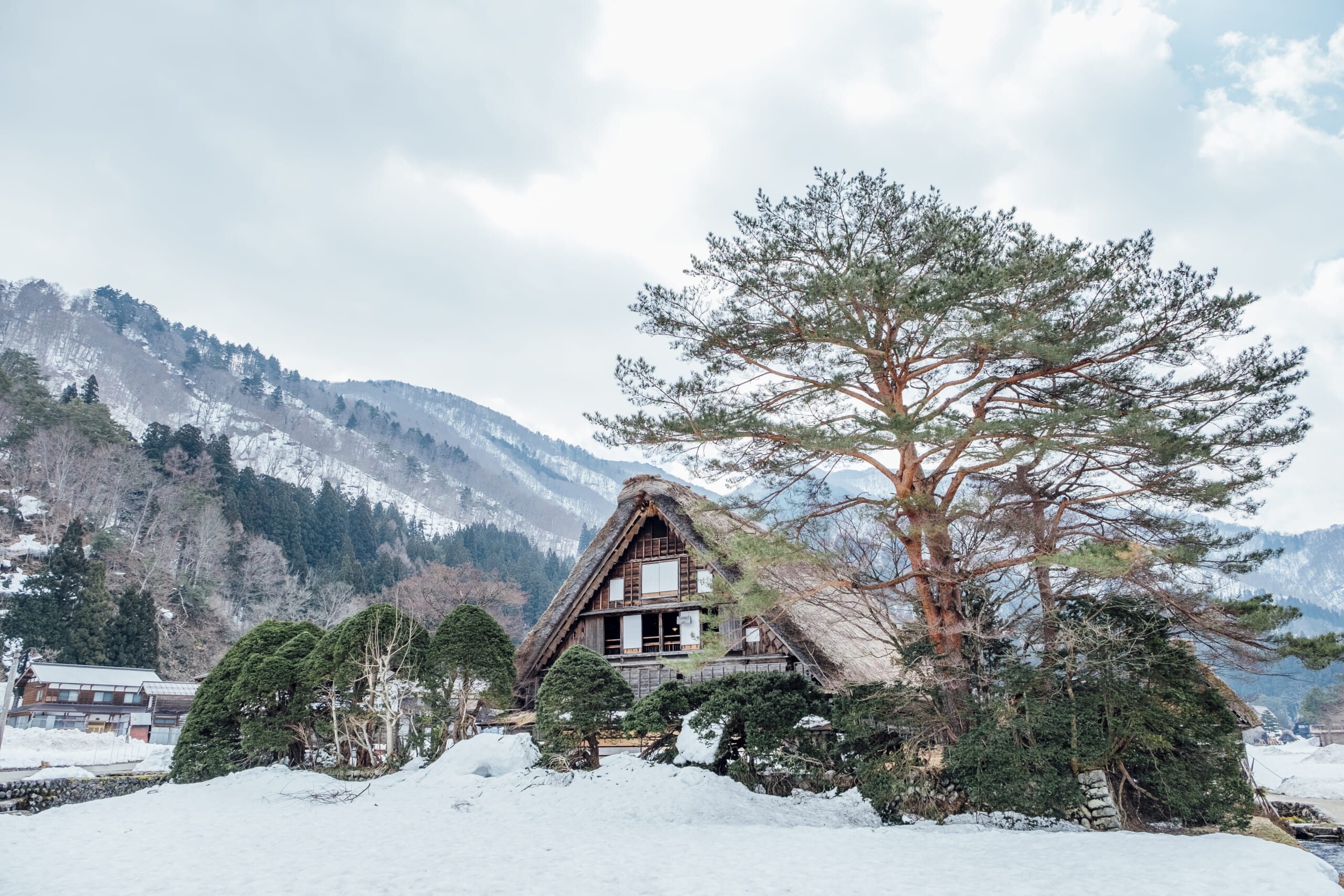
- On 28/11/2023
- In Blogs Travel Tips
- Tags:
Winter in Japan
[By JNTO, Japan.Travel]
Winter in Japan 🇯🇵 Cold weather and warm spirits. Enroute with Thiên Xuân Travel for the Japan endless discoveries!
As winter approaches, a frigid chill engulfs the whole of Japan, and while it rarely snows in most of the country's metropolitan areas, the surrounding mountains and northern regions are regularly covered by fresh blankets of powder. Pack plenty of warm clothes, then bundle up and head outside to enjoy snow festivals, skiing, and snowboarding, and relaxing onsen resorts.

Visit a temple or shrine on New Year's Day
As December comes to an end, the Japanese take a well-deserved holiday, returning to their hometowns and reuniting with their extended families to see in the New Year. On the first day of the year, many locals head to a temple or shrine to pray for good fortune and success in the coming year. Known as hatsumode, this ritual practice is a great way to celebrate the holiday, as most other attractions will be closed during this time.
Located in the northeast corner of central Kyoto, the massive Heian-jingu Shrine welcomes hordes of visitors every New Year's. The official New Year's ceremony is held at 6 a.m. on January 1. Further south at Fushimi Inari Taisha, people navigate through thousands of orange torii gates and pray for success at the shrine's main hall.
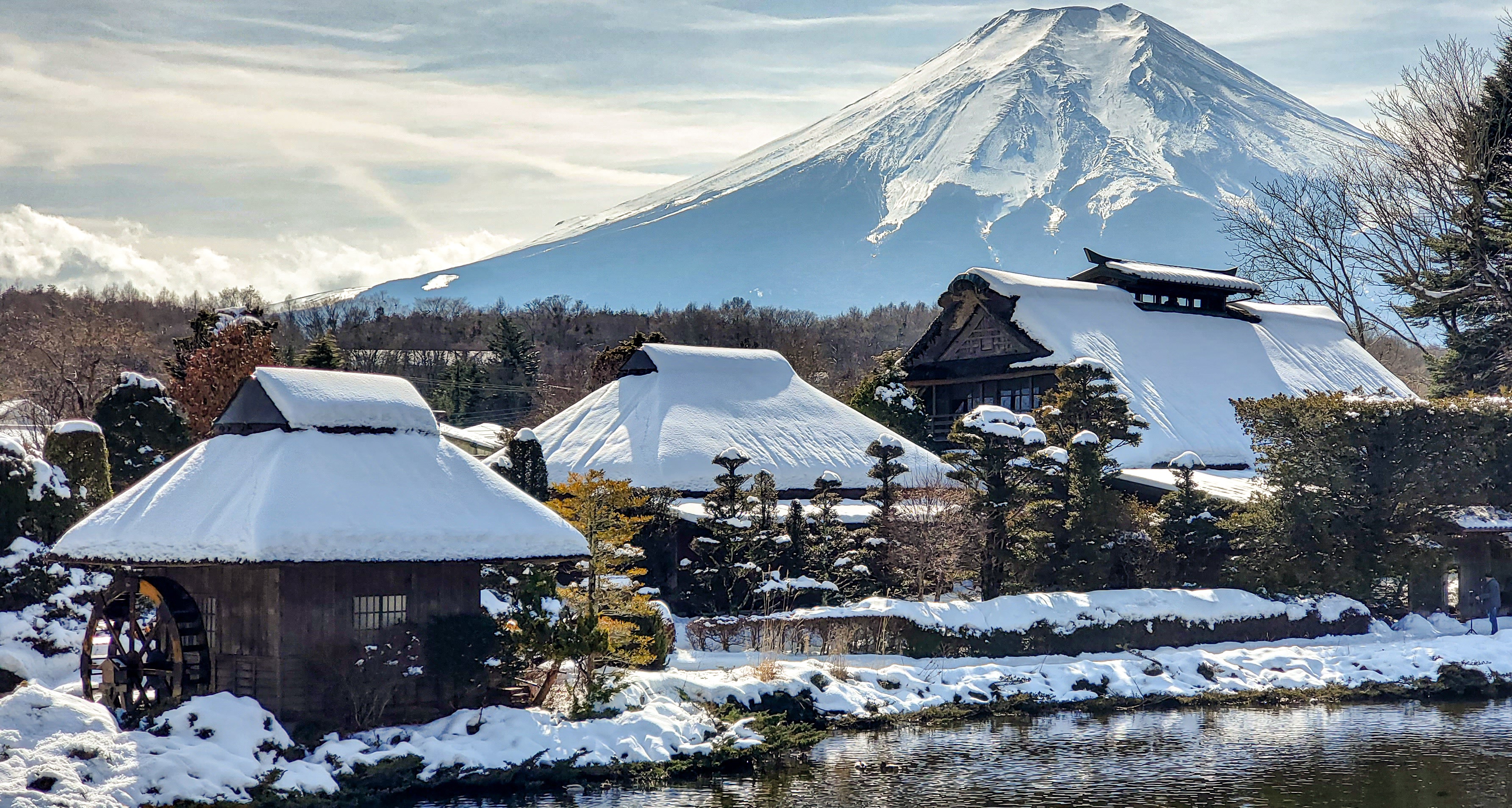
In Tokyo, Meiji-jingu Shrine easily ranks as the top hatsumode destination. The serene forested walking path fills with visitors calmly making their way to the main hall in the center. Meanwhile, in Osaka, over two million people visit Sumiyoshi Taisha Shrine to welcome the New Year. This beautiful shrine features a famous arched bridge and pristine grounds, making the experience all the more appealing.
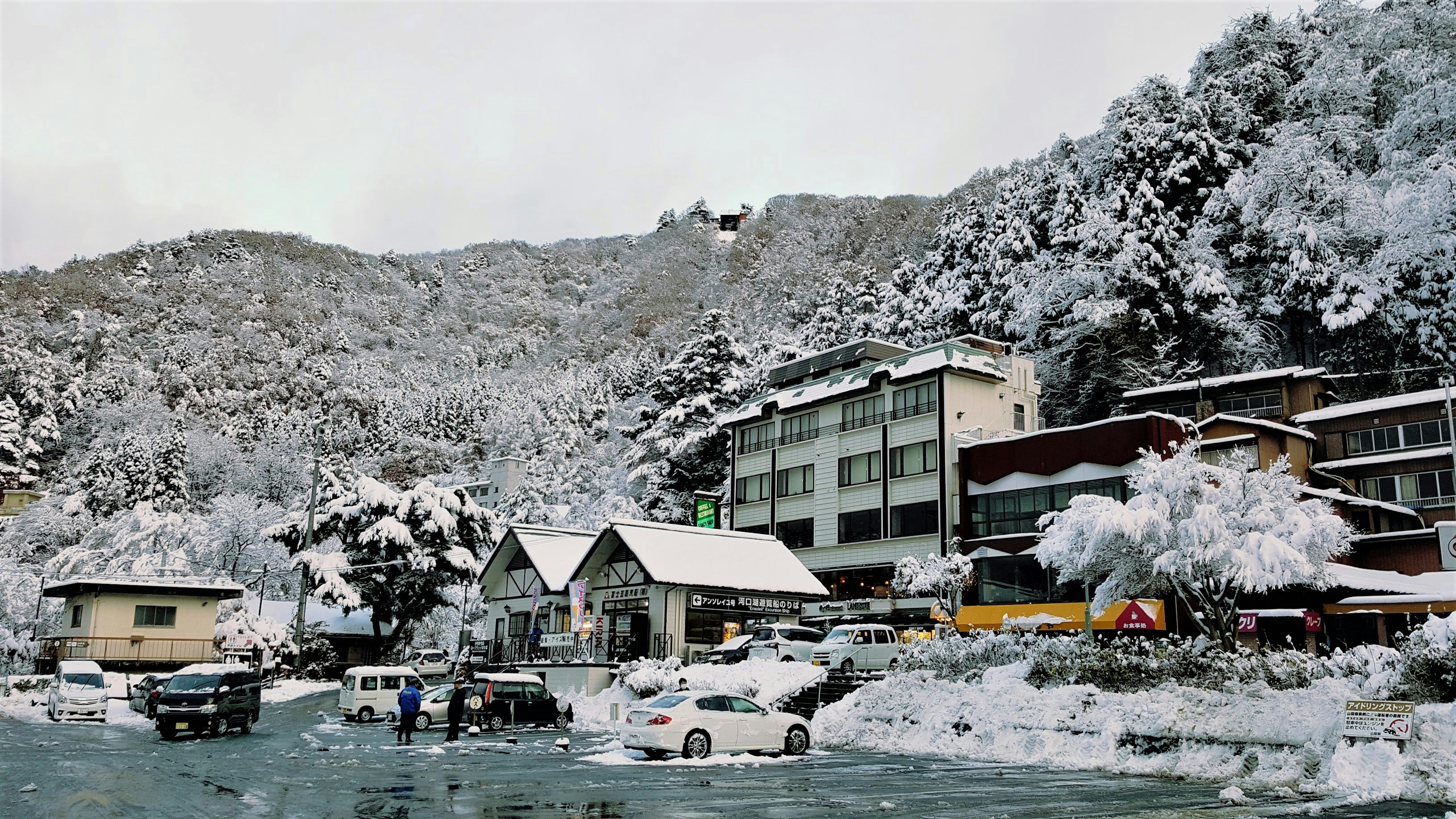
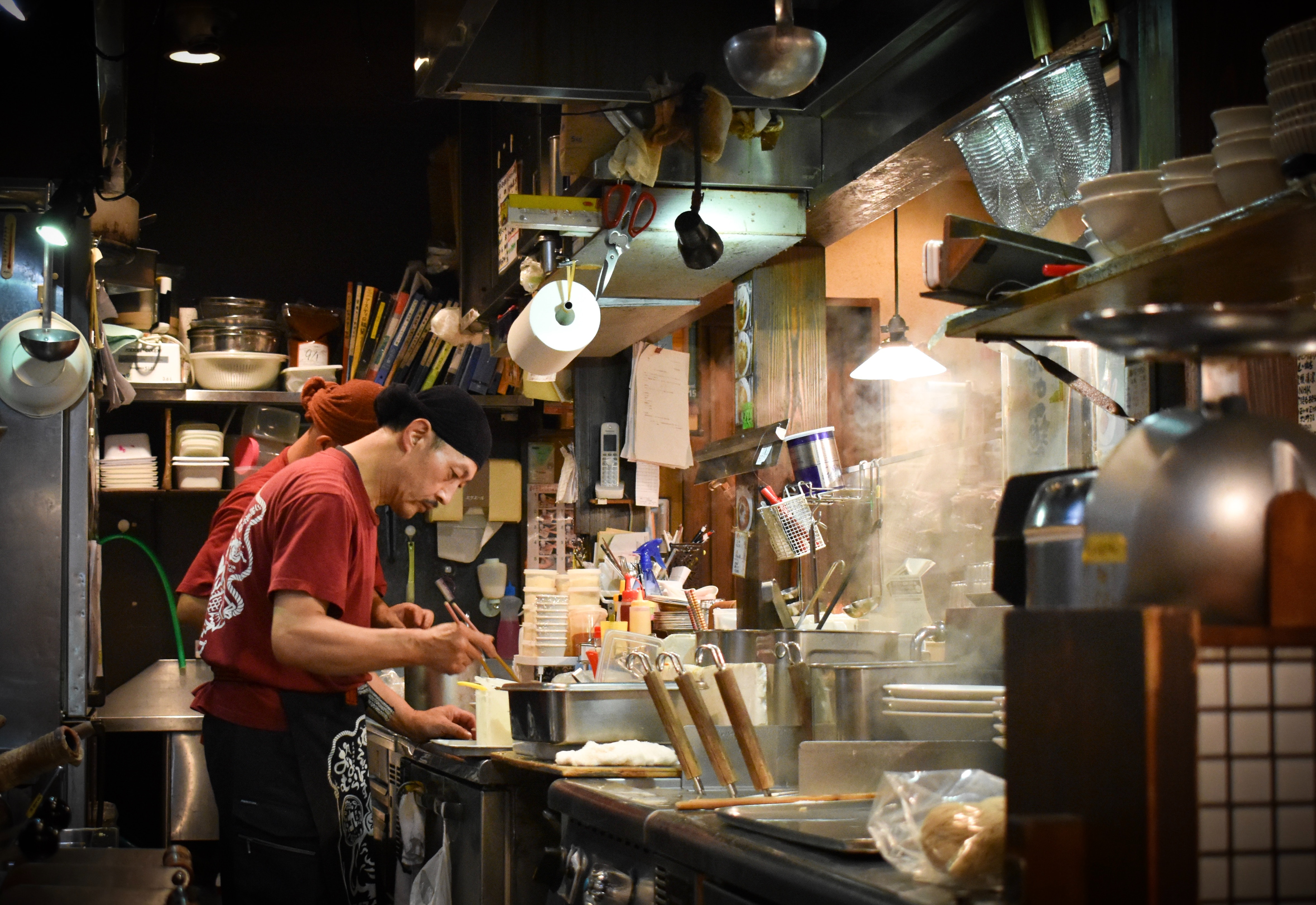
Winter Festivals
Cold weather brings people closer together. Despite the cold air, many traditional festivals and events take place in the winter, transforming the harsh winter days and dark winter nights into a fun and warm celebration. One of Japan's popular winter events, the Sapporo Snow Festival welcomes upwards of two million people, showcasing hundreds of sculptures made of ice and snow. The festival is held in the first week of February, with the elaborate pieces displayed in Odori Park, Susukino and Tsudome.

High up in Yamagata Prefecture at Zao Onsen , the snow-covered trees transform into fascinating shapes. Covered with layers of snow, the trees begin to assume an almost-human shape, dotting the mountain in a strange and haunting pattern. Known as “snow monsters,” the one-of-a-kind snow-white landscape makes for a spectacular visit. For something truly fascinating, head to the Naked Man Festival in Okayama Prefecture. Known in Japanese as Hadaka Matsuri, the event consists of thousands of loincloth-clad men competing in ritual games, before rushing off to Saidaiji Kannonin Temple to pray for good fortune.

Japan in February: High spirits in late winter
With some of the coldest weather of the year, February demands physical activity and several layers to stay warm. Seasonal events often celebrate one of two things: winter weather, best seen in Sapporo's wildly popular Snow Festival; or boundless vigor, as with the Saidai-ji Temple Eyo (Naked Man Festival). Winter sports present a popular way to pass a snowbound weekend, and piste conditions remain exceptionally good for most of the month in Japan's top snow sports areas.
Another option is to seek warmer climes down south. Okinawa is already in the middle of cherry blossom season in early February, with temperatures ranging from 15-20 degrees Celsius. Nearer to the mainland and easily reached by shinkansen, the island of Kyushu is relatively temperate and home to one of Japan's most famous onsen towns, Beppu

The onset of Spring
Despite the cold, there is a theme of emerging vitality and new beginnings in February. Towards the comparatively warmer latter half of the month, plum trees bloom heralding the onset of spring. Kairakuen Garden in Ibaraki, Koishikawa Korakuen in Tokyo, Kitano Tenmangu Shrine in Kyoto and Dazaifu Tenmangu Shrine in Fukuoka are among the top spots to see the blossoms.

Nagasaki Lantern Festival
Nagasaki's Chinese New Year festival fills the city with light. The Nagasaki Lantern Festival is held over the first 15 days of the Chinese New Year. During this time, Nagasaki comes alive with an energetic burst of lanterns, parades, and performances.
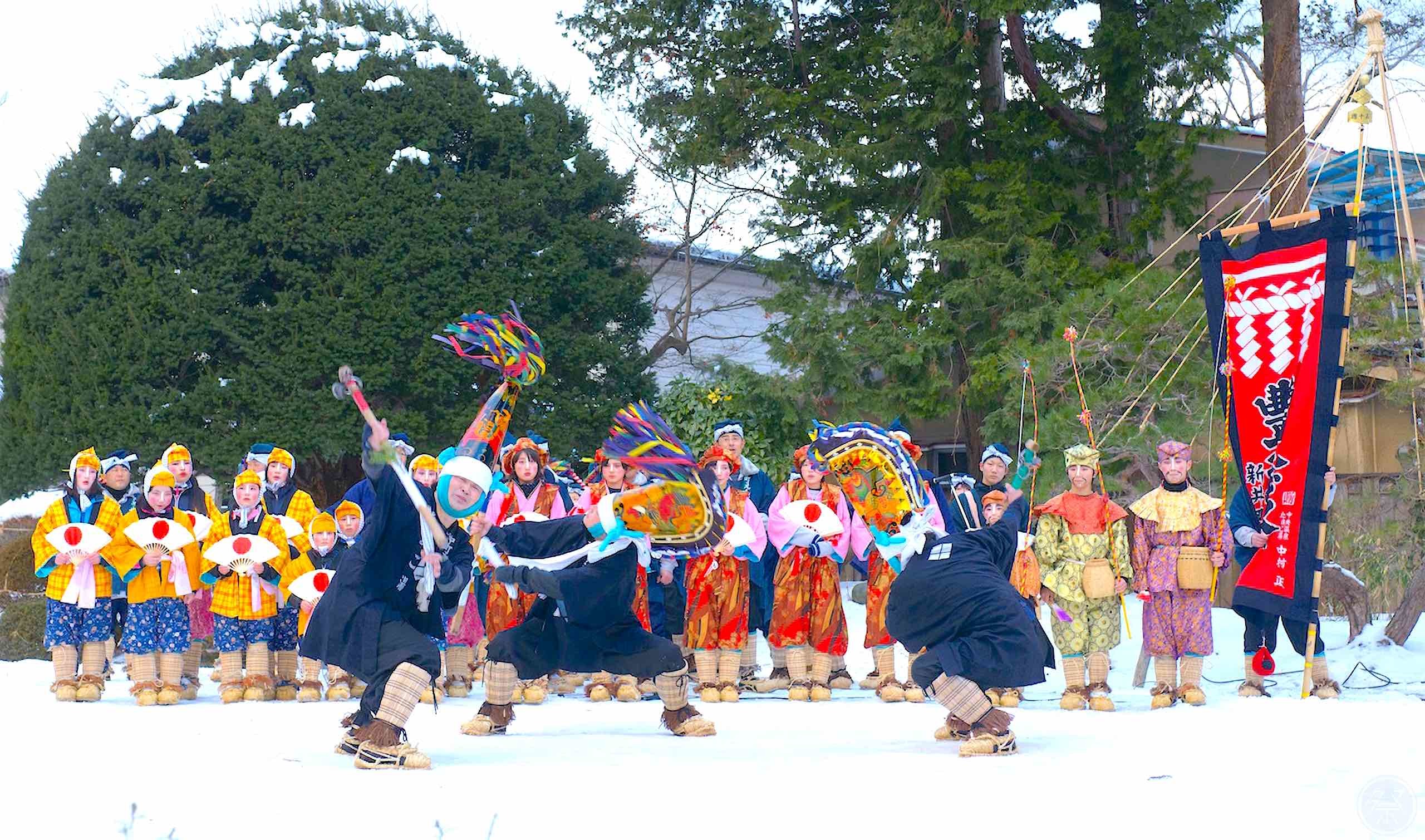
Hachinohe Enburi Festival
A four-day festival that celebrates spring's arrival with special folk dances. Hachinohe, a city on the coast of Aomori Prefecture, celebrates the arrival of spring with an annual event called Hachinohe Enburi, which takes place from February 17 to 20.
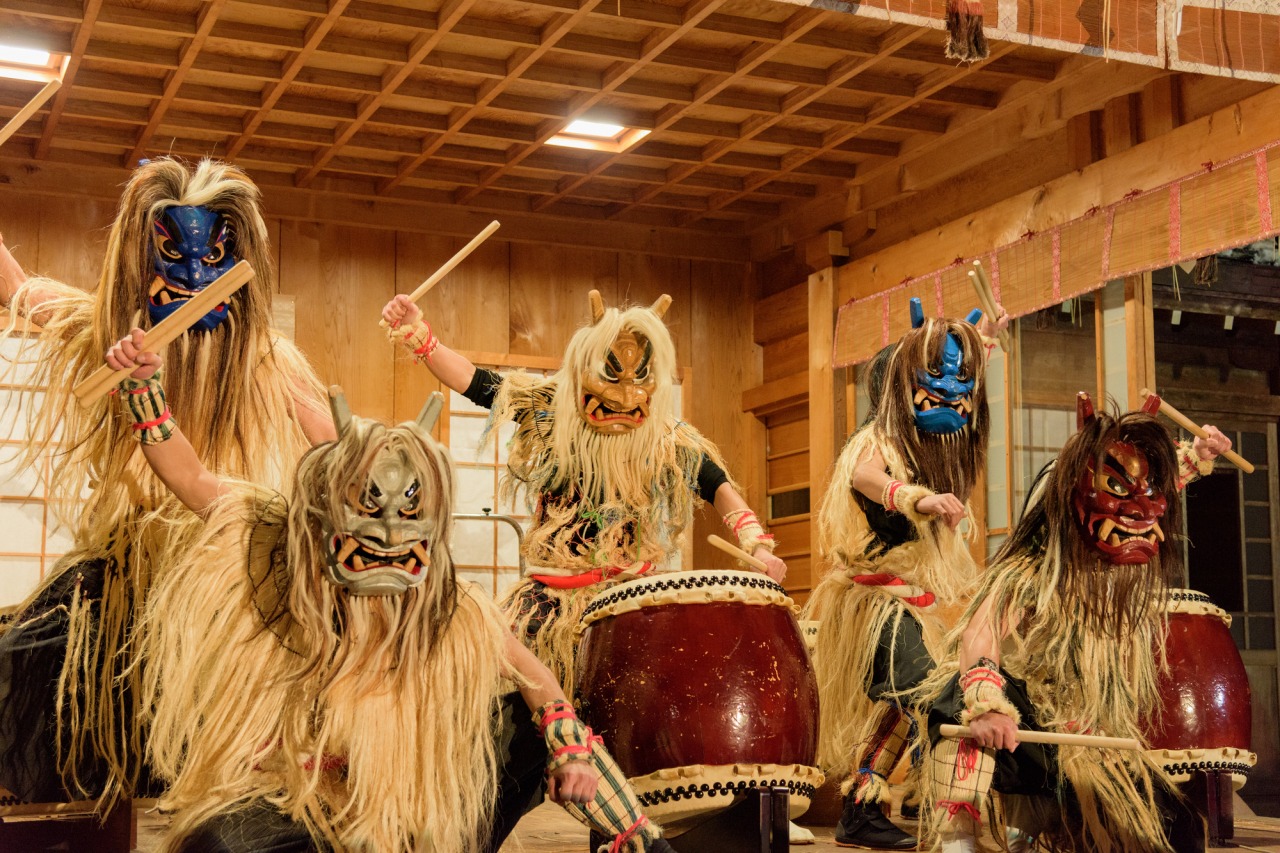
Namahage Sedo Festival
Welcoming the New Year with a visit from the gods. The Namahage Sedo Festival is one of five major snow festivals in Michinoku. It began at Mayama Shrine in Kitaura, Oga City, Akita Prefecture, in 1964 and is held for three days every year on the second Friday, Saturday and Sunday of February. The festival combines the 900-year-old Shinto ritual "Saitosai," which has been held at Mayama Shrine every year on January 3, and the folkloric Namahage event. The dances of brave and powerful Namahage demons under the bush lanterns in the precincts of Mayama Shrine are a captivating sight.
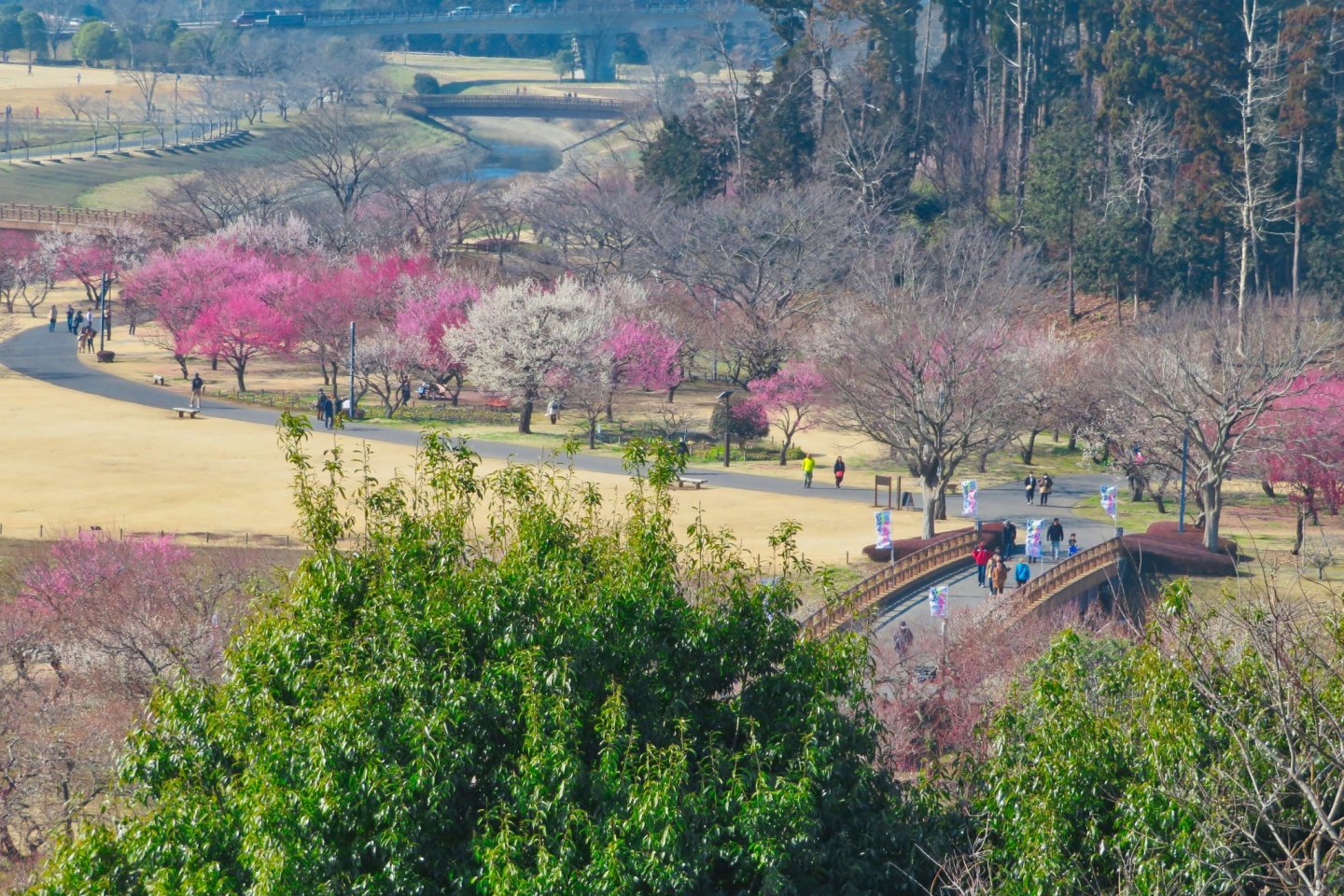
Mito Plum Blossom Festival
A blooming dreamworld of ethereal colours. Mito is famous for its many plum trees, and the Mito Plum Blossom Festival at Kairakuen celebrates their pink and white blooms. Running from late February to late March and proclaiming the coming of spring, this is one of eastern Japan's biggest festivals.

Thiên Xuân Travel
Park 2, 208 Nguyen Huu Canh Street, Ward 22,
Binh Thanh District, Ho Chi Minh City, Vietnam
📨 booking@thienxuantravel.com
☎️ +84 888 890 898 — 0938 558 228
Office in the United States
14114 Beech Glen Dr, Houston, TX 77083
☎️ +1 (281) 906-2744

